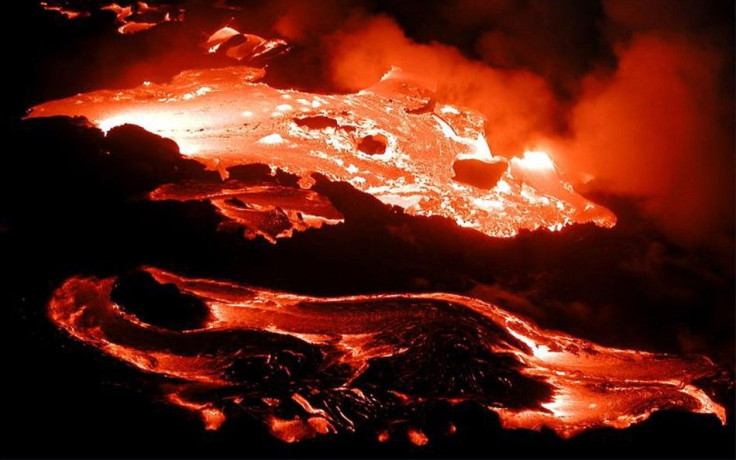Alaska Volcano May Erupt Soon

Is Alaska's Cleveland Volcano ready to erupt?
Recent satellite images of the remote 5.676-foot tall volcano -- located on the uninhabited island of Chuginadak in the Aleutain chain -- show it may be poised for its first major eruption in 10 years, scientists say, according to Reuters.
The volcano is about 940 miles (1,500 kilometers) southwest of Anchorage. Nikolski, the town nearest to the Cleveland Volcano, is 45 miles away.
The Alaska Volcano Observatory (AVO) has issued an eruption advisory. The volcano's most recent significant eruption began in February 2001, and produced three explosive events that produced ash clouds as high as 39,000 feet above sea level. The 2001 eruption also produced a bubbly lava flow and hot avalanche that reached the sea. The most recent minor ash emission was in September 2010.
So far, airlines have not changed their flight patterns because of the volcano's heat emissions, officials said.
On Sunday, weather conditions at Cleveland Volcano remain cloudy, preventing the assessment or detection of possible thermal anomalies in satellite imagery, the AVO said. No other activity has been observed.
Without a real-time seismic network at Cleveland, AVO is unable to track local earthquake activity related to volcanic unrest. Short-lived explosions with ash clouds that could exceed 20,000 feet above sea level can occur without warning and may go undetected on satellite imagery for hours, the AVO added.
Low-level ash emissions at the Cleveland Volcano occur frequently and do not necessarily mean a larger eruption is imminent, the AVO said, adding that it continues to monitor the volcano using satellite imagery.
© Copyright IBTimes 2024. All rights reserved.











